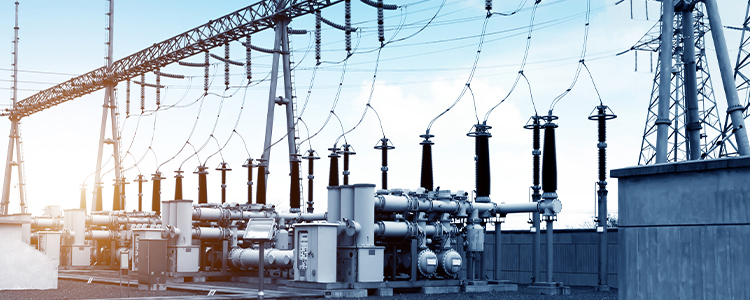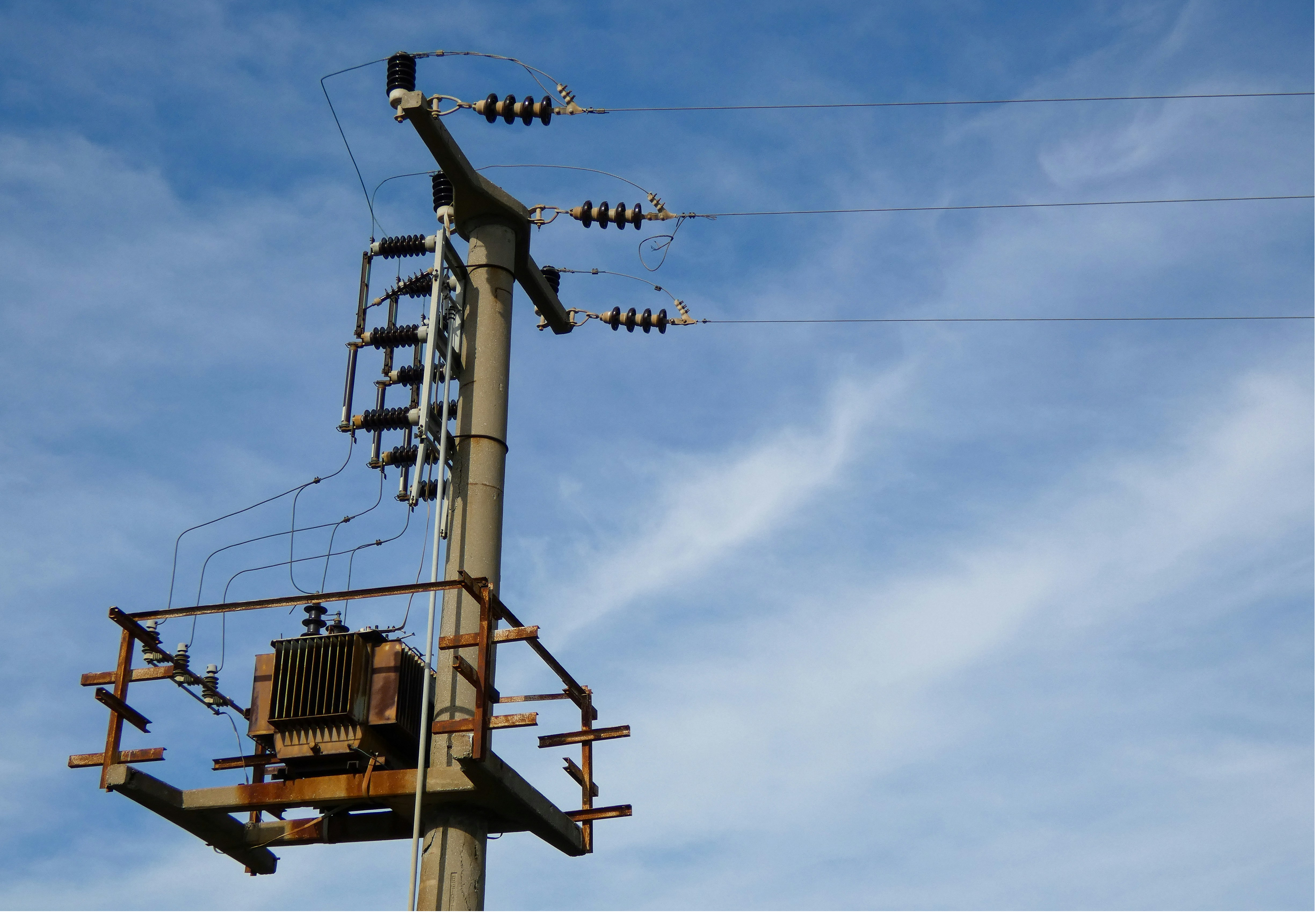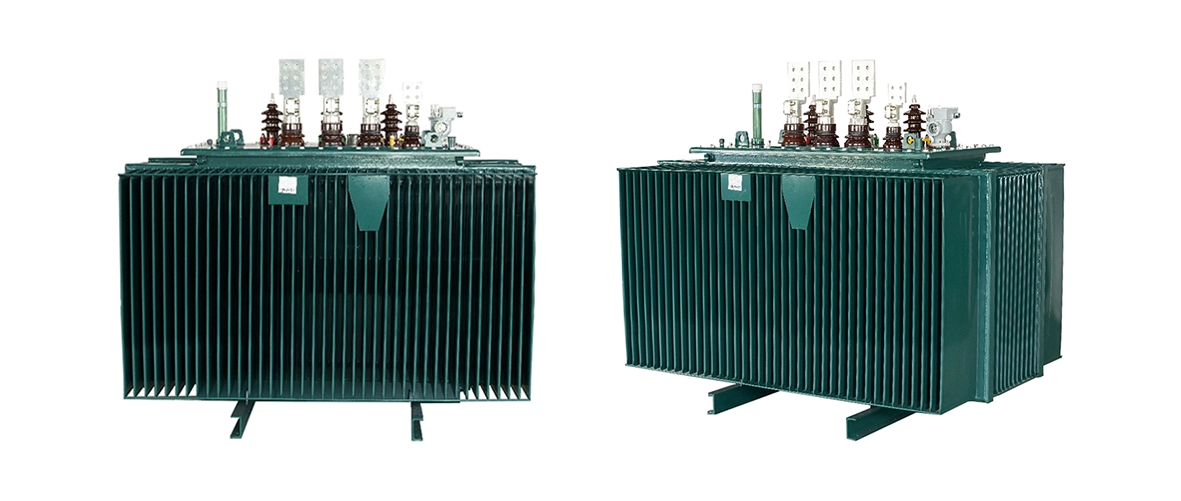- All
- Product Name
- Product Keyword
- Product Model
- Product Summary
- Product Description
- Multi Field Search


Views: 0 Author: Site Editor Publish Time: 2025-11-13 Origin: Site

In the world of electrical systems, one quiet thief often slips under the radar: the no-load loss in oil-immersed transformers. These devices keep power flowing steadily, but even when idle, they sip energy without a break. With energy prices jumping around globally and companies pushing harder for green practices, spotting this hidden drain matters more than ever. It hits your wallet and the planet alike. For businesses relying on oil-immersed transformers, getting a handle on no-load loss can mean real savings and smarter operations. This post dives into what it is, why it hurts, and how to fight back.
No-load loss refers to the energy an oil-immersed transformer uses up even when it's not powering any load. Think of it as the baseline power draw that keeps the unit ready to work. In oil immersed distribution transformers, this loss stems from the core materials and how they handle magnetic fields. It's a key factor for anyone shopping from oil transformer manufacturers, as lower no-load losses signal better design and materials.
At the heart of an oil-immersed transformer sits the core, usually made from silicon steel sheets. When alternating current flows through the windings, it creates a magnetic field that flips back and forth. This flipping causes hysteresis loss—energy wasted as heat because the core resists those changes. Add in eddy currents, which are swirling loops of electricity in the core that also turn into heat, and you've got core loss. For an 800kVA oil immersed transformer, these effects can add up quickly if the core isn't built right.
Manufacturers of oil-filled transformers work to cut these losses by using thinner steel laminations or adding alloys. But not all do it the same. Some oil type distribution transformers skimp on quality, leading to higher hysteresis. Real-world tests show that poor cores can waste 20-30% more energy than top-tier ones. It's physics at play, yet it directly affects your daily costs.
Transitioning from the basics of how these losses form, it's worth noting that they don't just happen during peak hours. They persist around the clock, turning a one-time purchase into an ongoing expense. Understanding this constant pull helps explain why even standby mode in liquid filled transformers isn't truly free. Businesses often overlook it until bills pile up, but grasping the full cycle reveals the true impact on operations.
Your oil-immersed transformer doesn't clock out. It draws power every second of the year, whether your factory hums or stands silent at night. This no-load state might seem minor, but multiply it by 8,760 hours annually, and the numbers grow. For a standard oil immersed distribution transformer rated at 800kVA, no-load loss could hover around 1-2 kW, depending on the model. That's energy vanishing into thin air—or rather, heat in the oil.
Oil transformer manufacturers like SHENGTE focus on designs that trim this appetite. Their units, such as the S11-M series, boast no-load losses as low as 0.5-1% of rated capacity. Compare that to older models from lesser oil immersed transformer manufacturers, where losses might reach 2-3%. It's not just about the initial specs; it's the relentless drain that erodes profits over time. And in regions with high electricity rates, say $0.15 per kWh, that adds up to thousands yearly.

Beyond the tech talk, no-load loss in oil-immersed transformers hits where it counts: your bottom line. It's easy to ignore because it's not a big upfront fee, but over years, it balloons. For facilities using multiple oil filled transformers, this can mean serious budget leaks. Let's break it down with actual figures to see the sting.
Picture a typical 800kVA oil immersed transformer with a no-load loss of 1.5 kW. Running non-stop, it consumes 1.5 kW times 8,760 hours, equaling 13,140 kWh per year. At an average U.S. industrial rate of $0.12 per kWh, that's about $1,577 wasted annually per unit. Now scale it up: a site with five such oil type distribution transformers? Over $7,885 gone.
But swap to a high-efficiency model from reputable oil immersed transformer manufacturers, like one with 0.8 kW no-load loss. The math shifts: 7,008 kWh yearly, or $841. Savings of $736 per transformer. Over a 20-year lifespan, that's $14,720 saved, not counting inflation on energy costs. These aren't guesses; industry reports from groups like the IEEE back them up with similar calculations.
Shifting from these direct costs, it's clear that no-load loss doesn't stop at the meter. It ripples out, wearing down gear and clashing with green targets. Companies chasing sustainability find this loss undermining their efforts, as excess heat shortens parts' lives and boosts emissions. Exploring these knock-on effects shows why tackling it early pays off in more ways than one.
High no-load losses mean more heat in the oil of your liquid filled transformer, which breaks down insulation faster. Studies from transformer experts indicate that every 8-10°C rise in operating temperature halves insulation life. So a unit with poor efficiency might last 15 years instead of 30, forcing early replacements. That's not just money; it's downtime and hassle.
On the carbon side, that wasted 13,140 kWh from our example equates to about 9.3 metric tons of CO2 emissions yearly, based on U.S. grid averages. For firms with net-zero pledges, this hidden footprint matters. Oil immersed distribution transformer choices directly tie into ESG scores. Better units from oil transformer manufacturers help meet those goals without extra effort.
Armed with the knowledge of no-load loss in oil-immersed transformers, the next step is action. You don't have to live with high costs. Smart choices in equipment and habits can cut them sharply. For those in the market, looking at proven oil immersed transformer manufacturers opens doors to better technology.


Upgrading to modern oil filled transformers pays dividends fast. Take SHENGTE's S11-M-800/10 model, an oil immersed fully sealed outdoor distribution power transformer with ONAN cooling. It features low no-load losses around 0.7-1.0 kW for its 800kVA rating, thanks to advanced core materials that minimize hysteresis and eddy currents. This isn't hype; lab tests show it outperforms many competitors by 20-40% in efficiency.
As one of the reliable oil transformer manufacturers, SHENGTE builds these with fully sealed tanks to prevent oil leaks and extend service life. Users report payback periods of 2-4 years on the investment, especially in high-usage setups. If you're dealing with oil type distribution transformers in harsh outdoor spots, this model's weatherproof design shines.
While new gear like this transforms efficiency, not everyone can replace units overnight. That's where day-to-day tweaks come in. Simple steps for your current oil-immersed transformers can squeeze out savings without big spends. Combining both approaches—upgrades and maintenance—builds a solid strategy against no-load waste.
For your current fleet of liquid filled transformers, start with regular checks. Monitor oil levels and quality, as degraded oil amps up losses by 10-15%. Clean cores and windings yearly to cut eddy currents. Also, avoid overloading; it indirectly boosts no-load issues by stressing components.
Schedule infrared scans every six months to spot hot spots early.
Use energy meters to track actual no-load draw—compare against nameplate values.
Train staff on shutdown protocols for idle periods, though true no-load persists.
Partner with oil immersed transformer manufacturers for retrofit kits that improve cores.
Real cases show these habits trimming losses by 5-10%. One utility firm reported saving $50,000 yearly across 20 units just from better maintenance. It's practical stuff that adds up.
The no-load loss of an oil-immersed transformer is by no means a trivial technical parameter; it is a direct and ongoing "hole" in your operating budget. Ignoring it means letting cash and efficiency slip away quietly. But by choosing smarter designs from trusted oil immersed transformer manufacturers, you turn the tide.
Investing in modern, high-efficiency, energy-saving transformers like SHENGTE—you're doing more than just cutting your electricity bills. You're making a strategic investment in improving operational reliability, extending equipment life, and building a more sustainable future for your business. Don't let your profits slip away in silence. Contact us today at juanie@shengtetransformer.com to explore how our oil immersed distribution transformers can fit your needs. A quick chat could spark big changes.